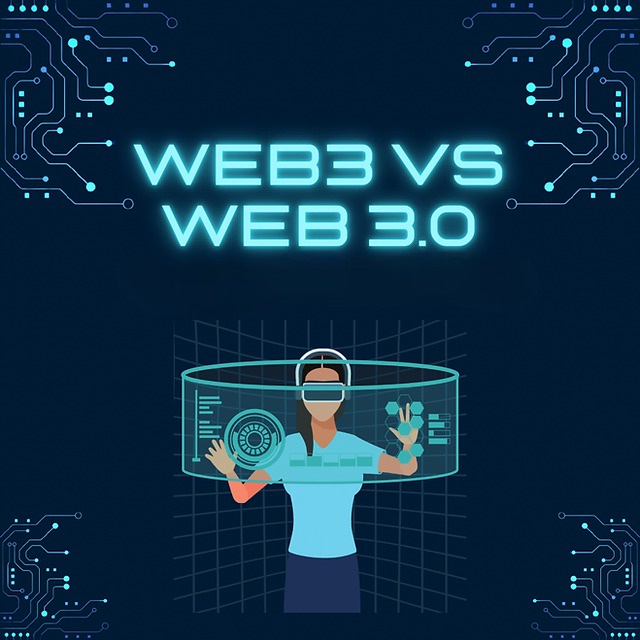Web3 has recently become a hot topic in the tech industry. While some people equate Web3 with Web 3.0, others disagree. To clear up any confusion, this article will explain the differences between the two concepts and provide an understanding of what they are.
What is Web3?
Web3 represents a shift towards a more democratic and secure internet, powered by blockchain technology. It aims to break the monopoly of tech giants in Web2 by putting control back in the hands of users. In order to tackle the issue of data ownership, Web3 operates as an unalterable storage system for user information. Transactions are recorded and validated on a decentralized network of computers.
With the use of cryptocurrency wallets, users have the power to safeguard their data and identities. They are able to grant access to their information on their own terms, as opposed to having their data shared across platforms without their knowledge or consent. Web3 offers a secure and private alternative to the current internet structure.
What is Web 3.0?
Web 3.0 represents a new chapter in the ongoing evolution of the web. At its core, the Web 3.0 concept is built around the idea of the semantic web, first proposed by Tim Berners Lee. This advanced iteration of the internet will leverage the power of artificial intelligence and human-like intelligence to create a smarter, more intuitive web experience.
Gone are the days of disparate data storage locations. In Web 3.0, all of a user's information will be housed within a single hub called the Solid pod. This central repository empowers users to control and monitor how applications access their data. To secure and identify users, the Solid pod employs a unique WebID, which serves as a login identifier for all applications.
Web3 vs Web 3.0: Differences Explained
The Semantic Web and the Decentralized Web, also known as Web3 and Web 3.0 respectively, both aim to improve upon the current web which they perceive as flawed. However, they differ in their focus and implementation. The Semantic Web focuses on improving efficiency and intelligence through the linking and reuse of data across websites, while Web3 prioritizes security and user control by allowing individuals to retain control over their personal data and identity.
Technology plays a crucial role in both webs. The Semantic Web employs data exchange technologies such as RDF, SPARQL, OWL, and SKOS, while the Decentralized Web relies on the blockchain. Data in the Semantic Web can be easily altered, but in the Decentralized Web, data is dispersed across several locations making it more difficult to modify.
Data storage is also a key distinction between the two webs. In Web3, data is kept in a web3 cryptocurrency wallet, while in the Semantic Web it is stored in a Solid pod. The web3 wallet holds the keys to decentralized assets maintained on the blockchain, while the Solid pod centralizes data retention.
Web3's primary objective is to eliminate intermediaries, allowing for direct transactions between content producers and consumers. The Decentralized Web represents the next phase in the evolution of the web, moving toward a semantic internet for improved machine-readability.
Final Thoughts:
The future of Web 3.0 and Web 3 Internet is shrouded in mystery, with no definite answers to whether these technologies will rule the world collectively or stand alone in their success. However, one thing is for sure, both these advancements aim to enhance the internet experience for users. The final outcome of the new internet is predicted to be a harmonious blend of cutting-edge technologies and strategies, resulting in a more connected, decentralized, and user-friendly ecosystem.
As we wait for the Web 3.0 revolution, stay ahead of the curve by keeping in touch with Appdupe, the leading Web3 development company, dedicated to bringing you constant advancements in the field.


No comments yet